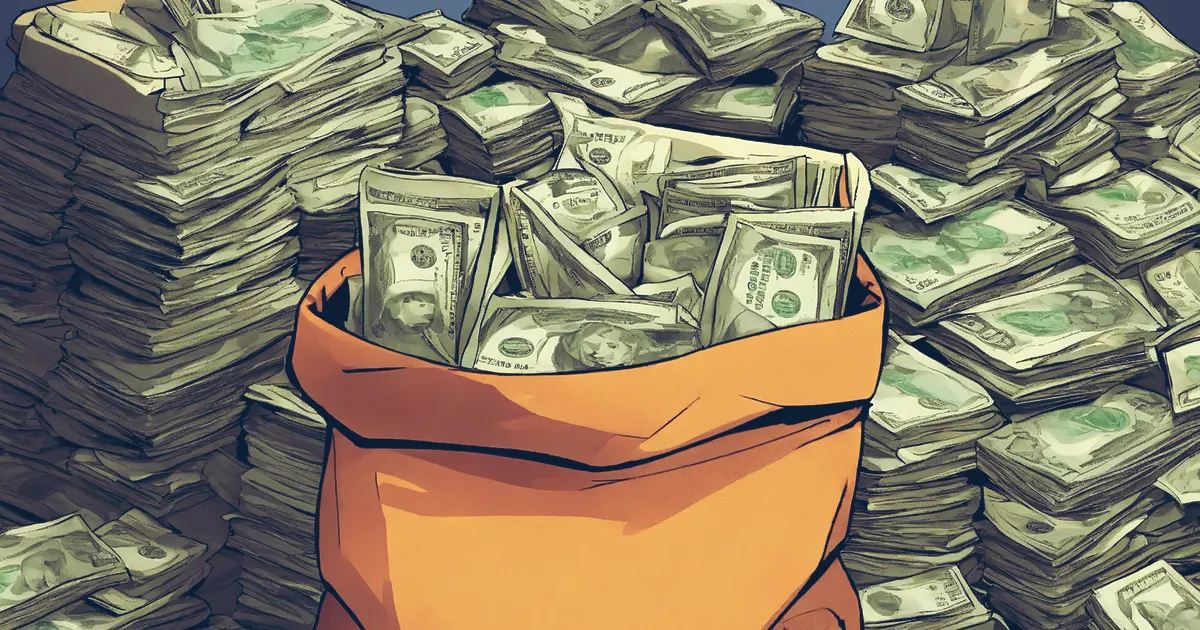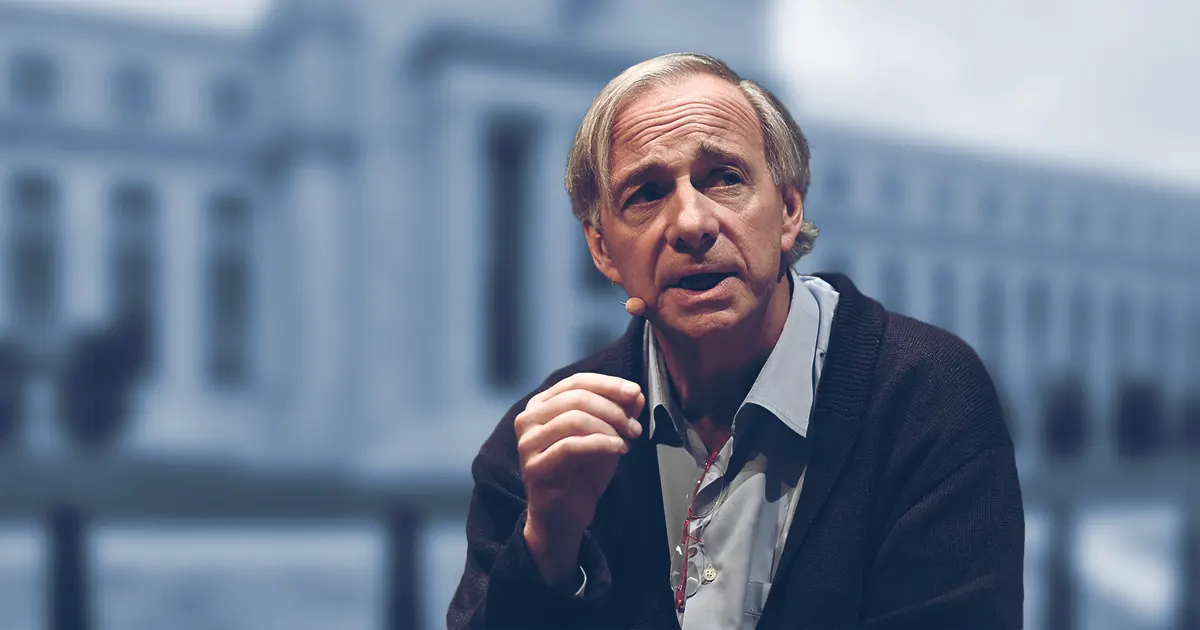13-6-2025 – The United States finds itself grappling with a fiscal quagmire that threatens to reshape its financial landscape. The nation’s debt, now a staggering $37 trillion, looms like a storm cloud, with the Congressional Budget Office (CBO) warning that the so-called Big Beautiful Bill—currently under Senate scrutiny after passing the House on 22 May—could exacerbate the crisis. This sprawling 1,100-page legislation, a tapestry of Republican ambitions, revives the 2017 tax cuts, dismantles Biden-era green energy subsidies, tightens welfare eligibility, bolsters immigration enforcement, and lifts the debt ceiling by $5 trillion.
CBO and CRFB sound alarms on fiscal sustainability
Yet, its fiscal arithmetic is grim: the CBO projects a $3.67 trillion revenue shortfall over a decade, offset by just $1.25 trillion in spending cuts, adding a net $2.4 trillion to the debt. When interest payments are factored in, the Committee for a Responsible Federal Budget estimates the bill’s true cost could spiral to $3 trillion—or even $5 trillion if tax cuts become permanent.

Can the U.S. really grow Its way out of debt? experts say no
The notion that the US could simply “grow its way out” of this debt mountain is increasingly fanciful. With first-quarter 2025 GDP contracting by 0.3% and the Federal Reserve projecting a modest 3.8% growth for Q2, the 20%-plus annual growth needed to outpace the deficit is a pipe dream, as Sina of 21st Capital starkly noted on X. Harvard’s Kenneth Rogoff, writing in the Financial Times, cautions that deficits are set to exceed 7% of GDP throughout Donald Trump’s term, absent an unforeseen calamity. The US budget deficit, which ballooned to $6 trillion in 2024, underscores the failure of high-profile efforts to rein in spending. Even Elon Musk, briefly at the helm of the Department of Government Efficiency, managed only $180 billion in cuts—far short of his $2 trillion pledge.
Ray Dalio’s debt crisis framework: A warning that echoes louder now
Ray Dalio, the billionaire hedge fund titan, foresaw such perils in his 2021 book, The Changing World Order. He warned that debt crises often trigger abrupt currency devaluations, a prophecy that feels ever more prescient. Governments, Dalio argued, have four levers in such times: austerity, default, redistribution, or money-printing. The first three are politically toxic; the last, a stealthy devaluation through inflation, is the path of least resistance. It erodes the real value of savings, bonds, and fiat-dependent assets, often masked as economic stimulus. As Dalio noted, most people fixate on asset prices, oblivious to the creeping risk of currency debasement.

Inflation or default? The four roads ahead for U.S. fiscal policy
Amid this looming storm, Bitcoin emerges not as a speculative gamble but as a bulwark against fiscal recklessness. Its capped supply and immunity to government meddling make it a rare hedge against the erosion of purchasing power. Bitwise analysts argue that Bitcoin’s scarcity positions it to thrive in times of monetary instability, potentially outpacing the anaemic yields of bonds, with 10-year Treasurys currently lingering above 4.35%. Yet, true security lies in self-custody—private keys and cold storage—beyond the reach of custodial services like ETFs, which could falter under government pressure during a crisis. As Wisconsin’s Republican Senator Ron Johnson aptly remarked, obsessing over CBO projections is like “arguing over twigs and leaves” while the fiscal forest burns.

The Big Beautiful Bill, with its promise of tax cuts to stimulate growth, echoes the 2017 reforms that, per the CBO, added $1.9 trillion to the deficit over a decade, debunking claims that such measures “pay for themselves.” With the Federal Reserve holding interest rates at 4.5% amid trade war-driven inflation fears, the US economy faces a perilous trajectory. Rogoff’s warning is blunt: fiscal policy is “running off the rails,” and political will to avert disaster is scant. As the Republican-led Congress aligns with Trump’s agenda, the bill’s passage seems likely, edging the US closer to a debt crisis where hard assets and self-sovereignty may become the last line of defence.


